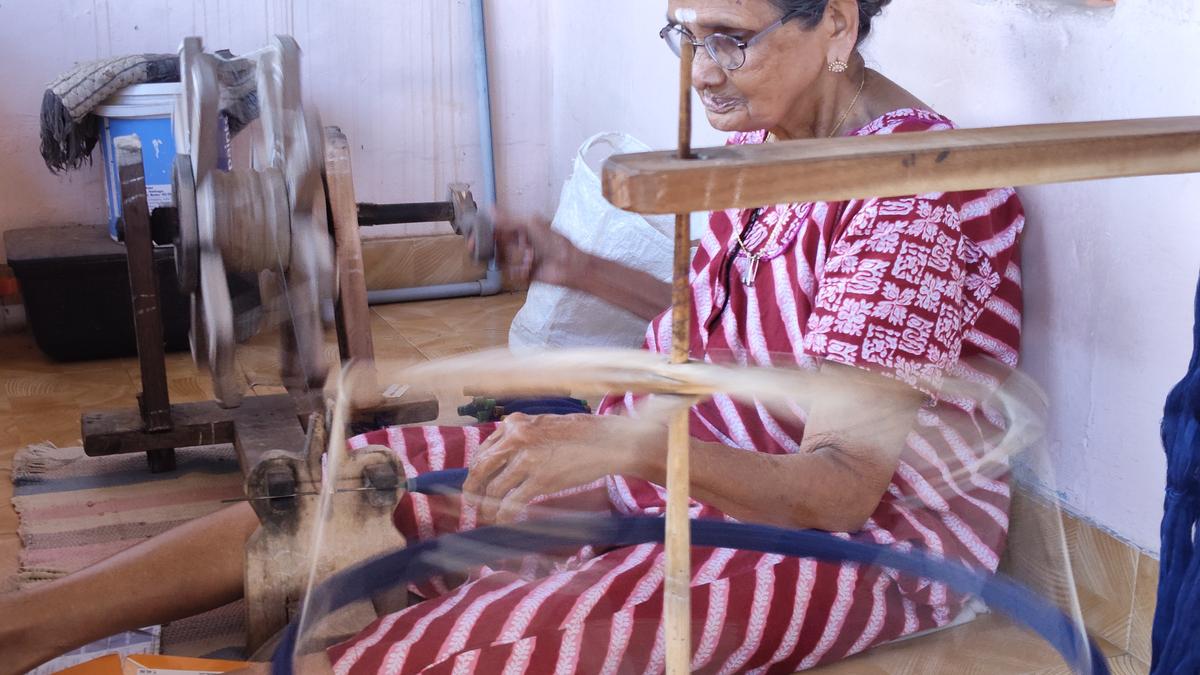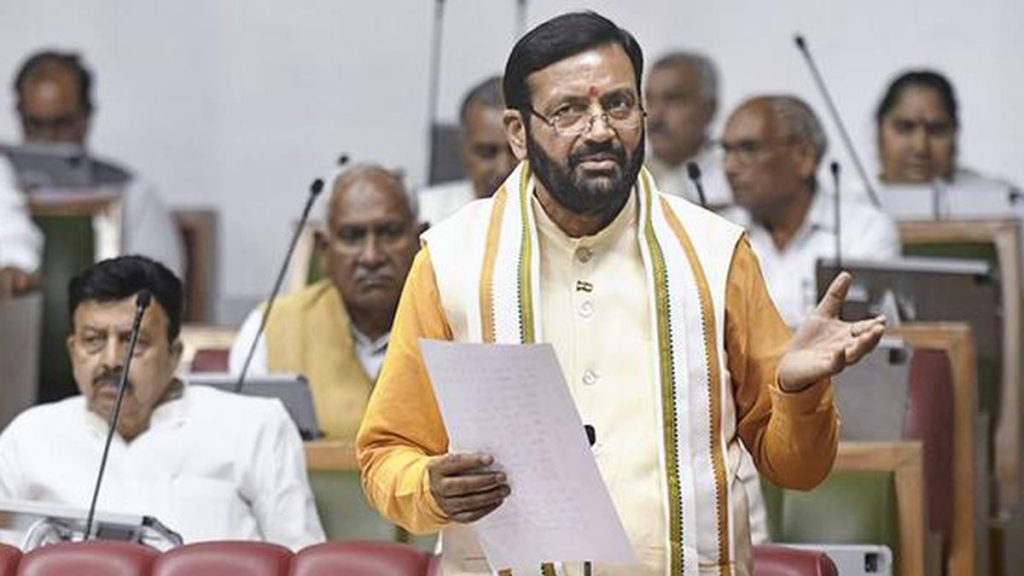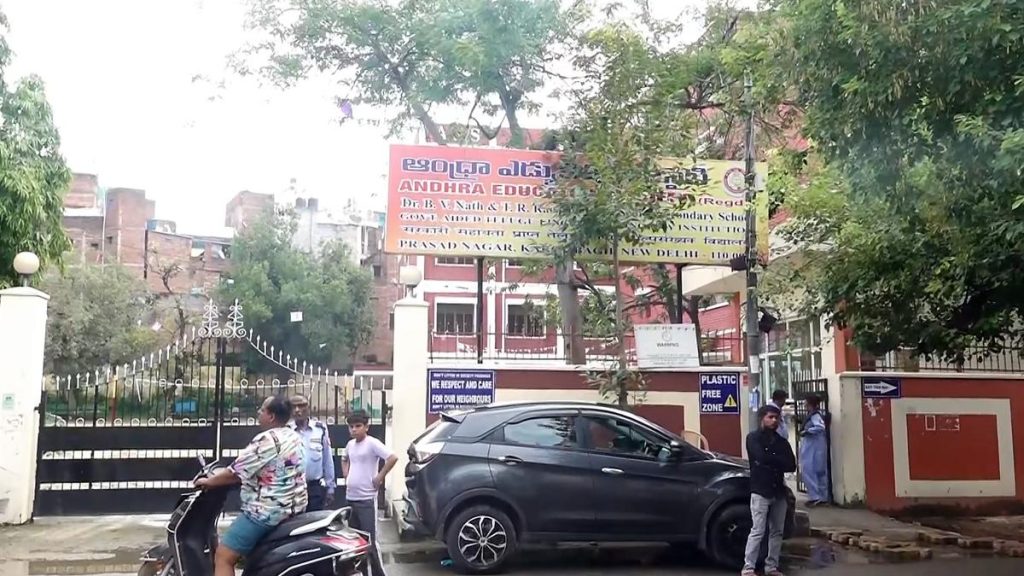Now Reading: Independent Balaramapuram Weavers Face Dull Onam Season
-
01
Independent Balaramapuram Weavers Face Dull Onam Season
Independent Balaramapuram Weavers Face Dull Onam Season

Quick Summary
- Profile and Challenges of Traditional Weavers in Balaramapuram:
– Valliammal, 83, has been rolling threads on a spindle for eight decades in Saliyar Street, a hub of handloom weaving in Thiruvananthapuram. She earns ₹70 per day.
– Lekshmi, her niece aged 65, operates a ‘raattu’ (large spinning wheel) and earns ₹250 daily. The house previously housed multiple spinning wheels but now hosts only one.
- Wages and Livelihoods:
– Many traditional weavers operating independently receive wages lower than agricultural laborers or those under the MGNREGS scheme.
– Mohanan, aged 72, who works on a pit loom (‘kuzhi thari’), highlights that weaving was once prestigious but now pays poorly at ₹250 per day.
- weaving tradition in Decline:
– The craft started with families brought by the Travancore royal family in the early 19th century for its clothing needs. Balaramapuram is renowned for its GI-tagged ‘kasavu mundu’ sarees with golden borders.
- State Efforts Amidst Gloomy Prospects:
– Some weavers linked too cooperative societies have seen better earnings recently due to state-backed initiatives like welfare pensions and bonus schemes.
– Industries Minister P. Rajeeve stated that ₹20 crore has been allocated to Hantex (Kerala State Handloom Weavers Co-operative Society Ltd) alongside other forms of aid such as income support through school uniform procurement policies.
Indian Opinion Analysis
The story from Balaramapuram highlights both the historical importance and contemporary fragility of India’s traditional handloom sector. The juxtaposition between its cultural value – exemplified by iconic products like GI-tagged ‘kasavu mundu’ sarees – and meager wages reflects broader tensions between heritage preservation and modernization.
While state interventions such as subsidies to cooperative societies provide some relief, their reach appears uneven across autonomous weavers struggling without collective bargaining power or fair pay increments over decades. This disparity indicates the need for more inclusive policies that ensure sustainability across all levels of traditional artisanship.
The dwindling numbers within younger generations willing to join this labor-intensive field also underscore an uncertain future for these crafts unless more robust economic incentives are implemented alongside heritage promotion projects at both state and national levels.
Link Read more























